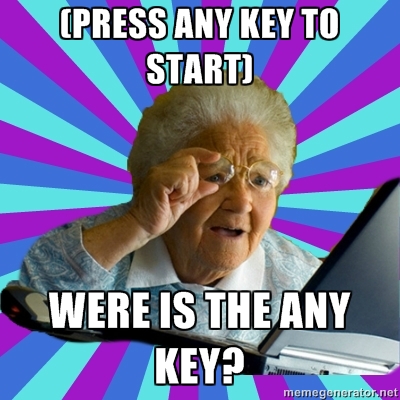
As we learn more every day in our increasingly ubiquitous digital landscape, the twin pillars of online data searching and social media make it easier than ever for potential employers or merit reviewers to discover the details of our lives, be they laudable or loathsome. The controversy over the revoked appointment of Steven G. Salaita at the University of Illinois in reaction to his inflammatory Twitter rhetoric is perhaps the most high-profile example of online presence affecting an academic job search. It is easy to imagine far more mundane discoveries happening earlier in the search process resulting in unfortunately negative perceptions of one’s online persona.
While many of us in academia might chafe at the notion of “personal branding” and self-marketing from the business employment world, the fact remains that higher education is no different than any other industry in its capacity and potential interest in mining social media for information about potential hires or promotions. In addition, internet searching is a common-sense way to vet potential guest speakers or other folks that might visit campus — if this could be you, it’s definitely a good idea to ensure that the “you” that emerges from a Google search is the you you want to present. That’s why taking your “online presence” as a key component of your personal brand is important.
Kelli Marshall from DePaul University wrote the following piece for the Chronicle last week. It provides some helpful advice and links to resources for helping you take proactive steps toward having the kind of online personal brand that will help rather than hinder in your professional life. Avoid the painful facepalm!
For additional insights into creating an online presence for your personal brand, check out Lesley McCollum’s “A Beginner’s Guide to Establishing an Online Presence” in Inside Higher Ed.
January 5, 2015
How to Curate Your Digital Identity as an Academic
If you don’t manage your online presence, you are allowing search engines to create it for you

In 2009, anyone who searched my name on the web would first encounter the opinions of a disgruntled Midwestern undergraduate who lambasted me for being an unfair, unprofessional, and essentially ignorant professor.
Oddly enough, the student was angry because I had begun incorporating Twitter into the classroom. I was among the early advocates of using the social-media site in teaching, especially in large lecture-based courses. While many of the 120 students in my introductory film course embraced the Twitter assignments I devised, a handful revolted, including this particular student. He took to the Internet to express his belief that social media had no place in the college classroom, and any professor who thought otherwise was not only oblivious to Twitter’s intent (It’s for socializing, not learning!), but also graded her students unreasonably. In his diatribe, he called out my name, school affiliation, and the classes I taught.
Because I attended a graduate school focused on technology and digital media (even for those of us in the humanities), I’ve had an Internet presence since 1999. Teaching assistants in my Ph.D. program were required to, at the very least, post their syllabi online. Our advisers also encouraged us to have our own websites (or pages), which we rudimentarily made via software like Microsoft FrontPage (1996) and Netscape Composer (1997). So I’ve been aware of the need to shape one’s digital identity or online persona for quite a while now.
But of course, the Internet changed significantly between when I left graduate school in 1999 and my student’s public critique of me in 2009—see, for example: Google rankings, social media, sitemaps, shifts in search algorithms, robots, crawlers, and search-engine optimization in general. The Internet has changed even from 2009 to today. Suffice it to say, that undergraduate’s tirade is now buried deep in the web. Nowadays, the first item to appear when anyone plugs my name into a search engine is my personal website, followed by my social-media presence, and then direct links to the mainstream publications for which I’ve written.
So how might academics—particularly those without tenure, published books, or established freelance gigs—avoid having their digital identities taken over by the negative or the uncharacteristic?






